Aging, sun damage, and pollution can all give the skin a dull appearance. Removing the outer layers of skin can help you look more refreshed and give you a youthful glow. To learn the benefits of dermabrasion, board-certified plastic surgeon Adam J. Rubinstein, M.D., F.A.C.S., consults with patients who live in Miami, Fort Lauderdale, and South Florida at his Aventura practice.
What is Dermabrasion?
Dermabrasion is recommended for patients who want to correct skin issues that are caused by scars and previous surgeries. The procedure smoothes out uneven skin areas such as scar tissue. Dr. Rubinstein may also recommend dermabrasion to patients who want to eliminate fine lines around the mouth, or keratoses, which are precancerous growths.
What Happens During the Dermabrasion Procedure?
A local anesthetic is usually administered to numb the area that is treated with the dermabrasion device. General anesthesia or a sedative may be given to keep the patient comfortable during the procedure. Dr. Rubinstein uses a special motorized rotating tip to scrape away the unwanted skin or scar. When Dr. Rubinstein is satisfied with the results of the dermabrasion procedure, he treats the skin with a special ointment, and may dress the treatment area.
Is the Dermabrasion Procedure Painful?
Patients typically describe the experience of dermabrasion as similar to scraping their knees when they were children. Patients will feel a sensation of tingling, burning and soreness while the skin heals. Some patients have swelling, which usually resolves within three to seven days. As the treatment area heals, scabs form. When the scabs fall off, the skin underneath is pink. This is the new skin that has developed. Patients may experience itching at the treatment site.
When Can I Resume Normal Activities After the Dermabrasion Procedure?
Depending on the extent of the procedure, patients who undergo dermabrasion typically return to full activities between 1-2 weeks. Dermabrasion patients usually stay home from work for one week, and should avoid sports for a period of 1-2 weeks. Dermabrasion patients should avoid the sun as much as possible for six to 12 months. Patients who swim should keep their faces out of chlorinated pool water until the face is fully healed. Using a lotion with an SPF of at least 30, wearing a hat with a wide brim, and sunglasses with UVA or UVB lenses are all good sun protection methods.
Dermabrasion causes dramatic improvements to the skin, but it will take a while to see the final results. Follow the instructions for recovery, and soon you will see your fresh, revitalized skin emerge!
How Much Does Dermabrasion Cost?
Most health insurance providers will not provide coverage for the costs of dermabrasion. To make your procedure more affordable, Dr. Rubinstein proudly offers
financing options for all of his patients. His office also accepts cash, personal checks, and credit cards.
If you are not satisfied with how you look, it might be appropriate for you to consider getting dermabrasion. To find out more, contact Dr. Rubinstein at his Aventura practice if you live in Miami, Fort Lauderdale, or South Florida.



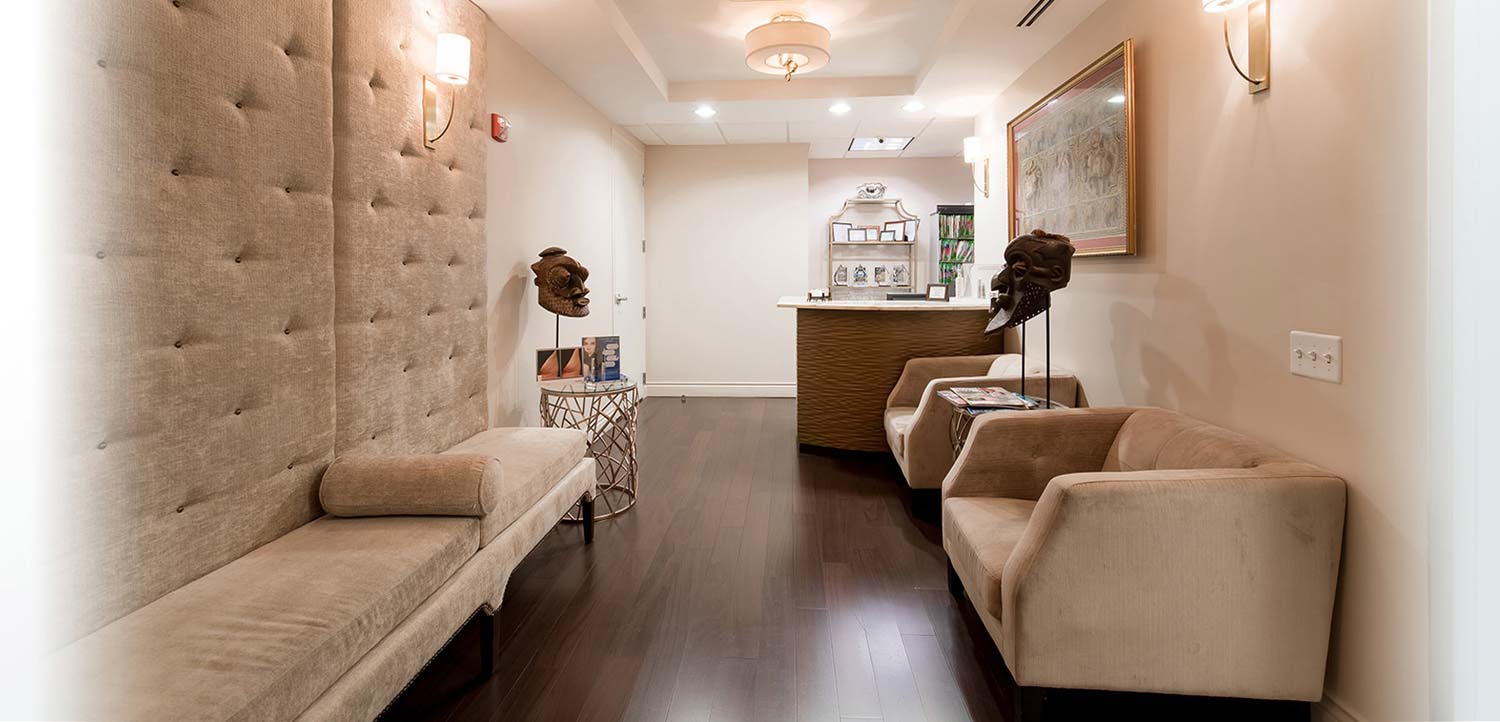
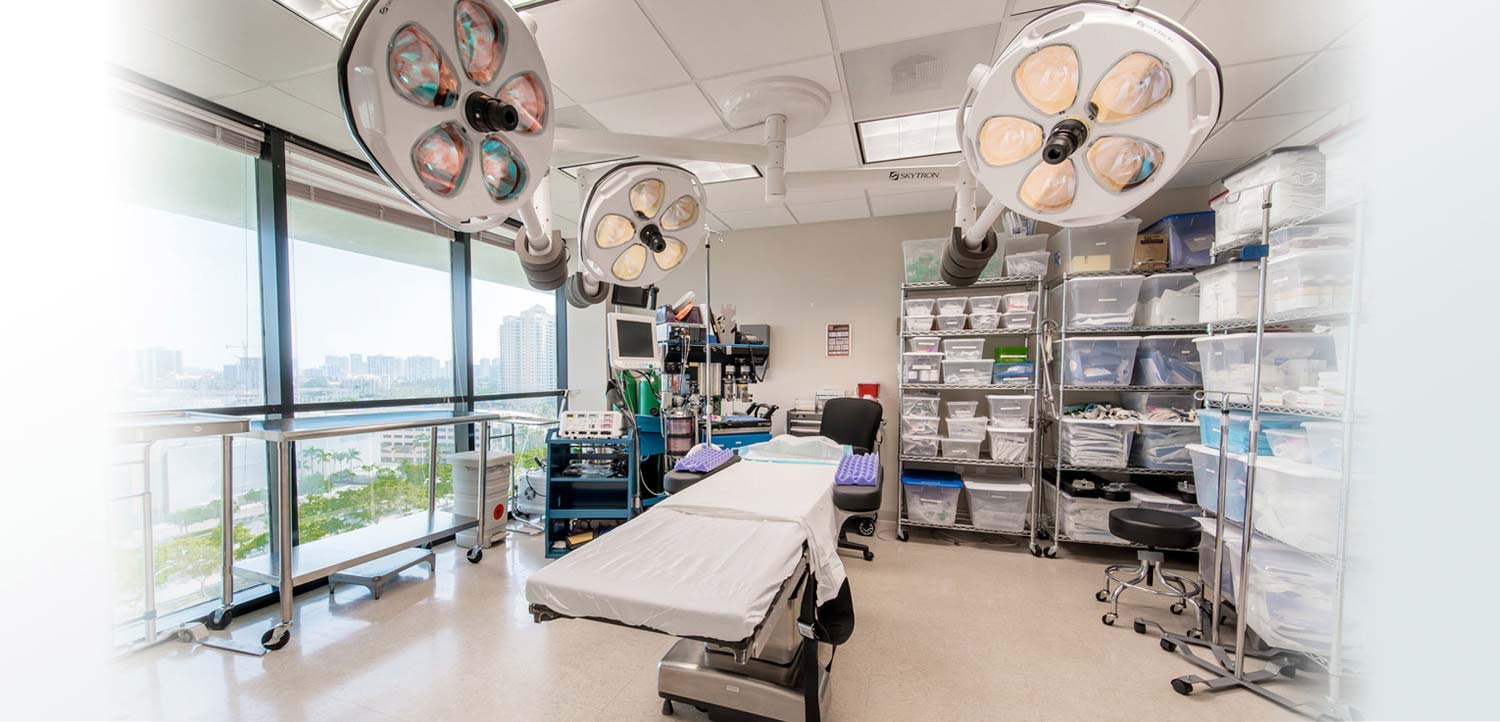
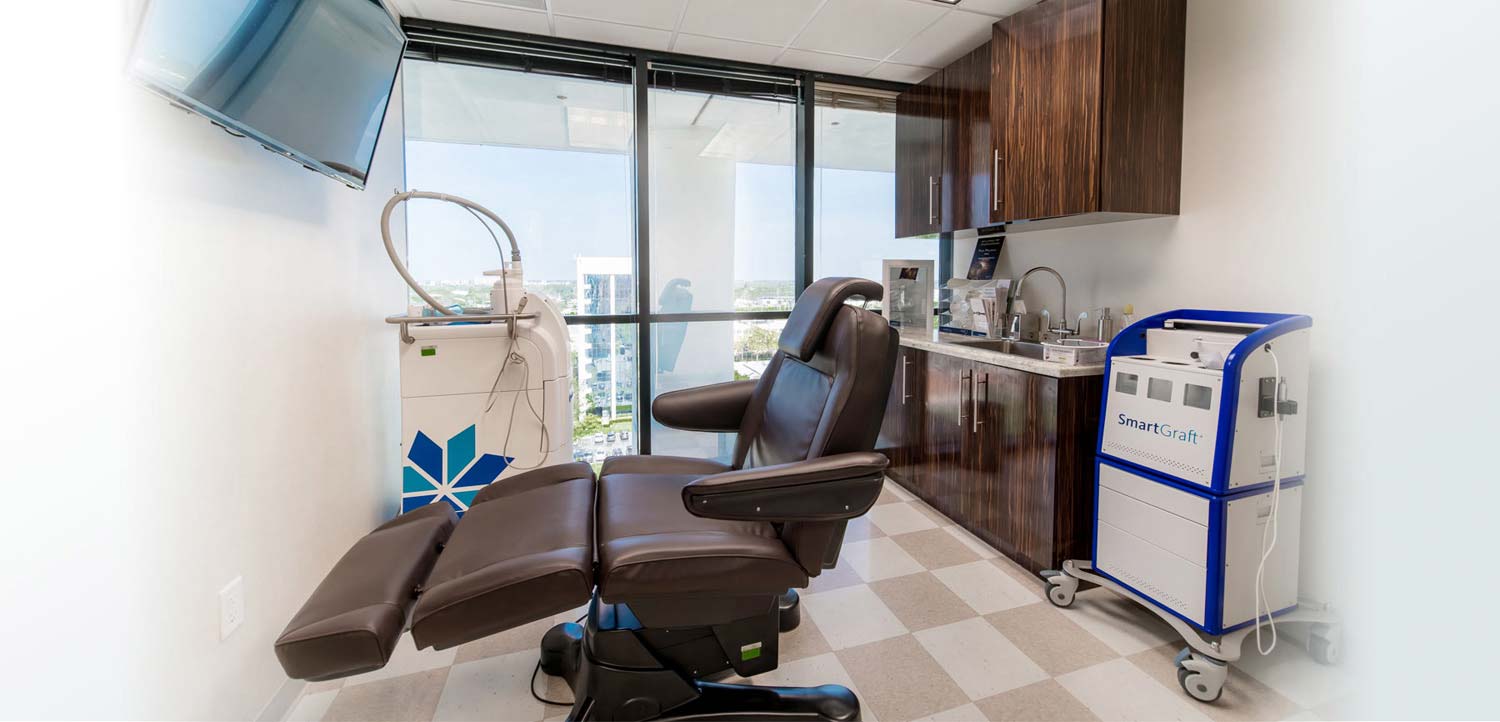
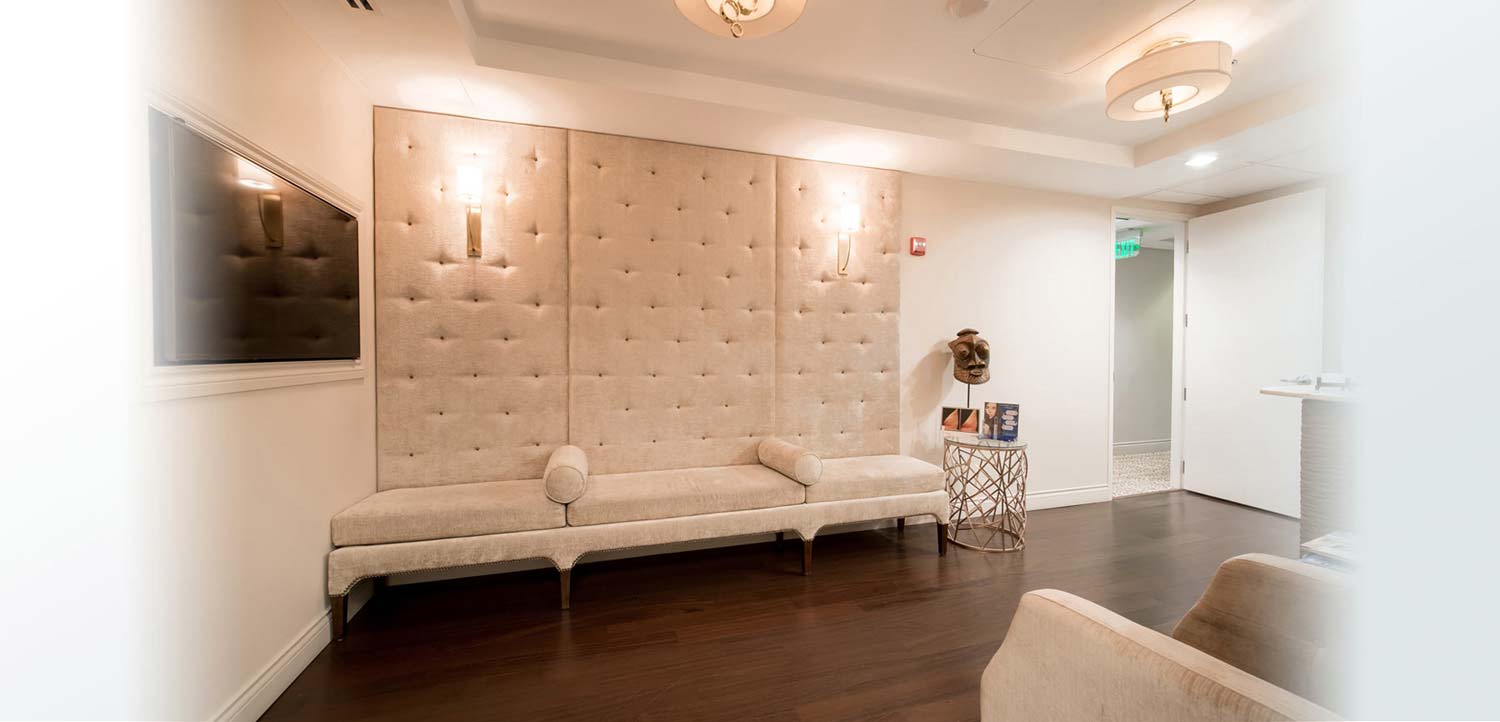
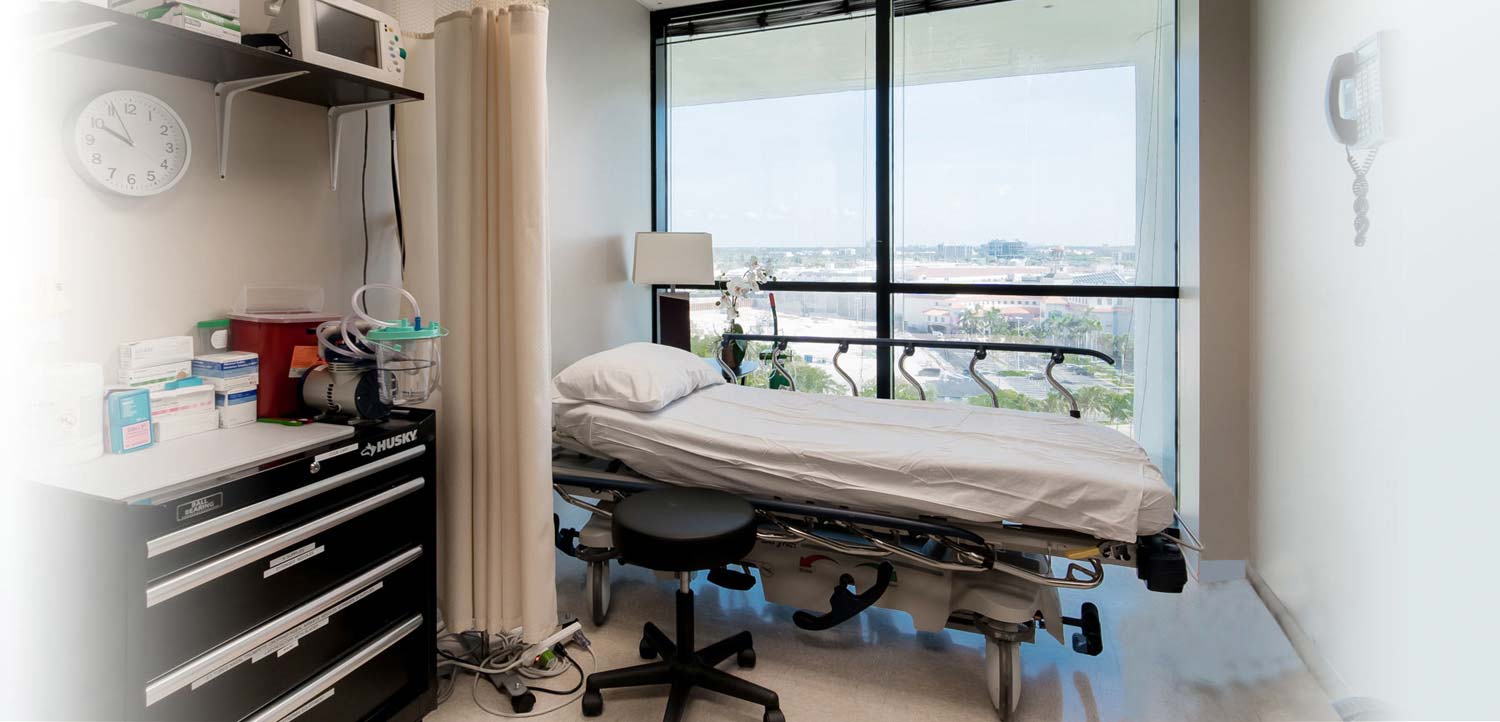








STAY social
Like, follow and share Dr. Rubinstein’s social point view